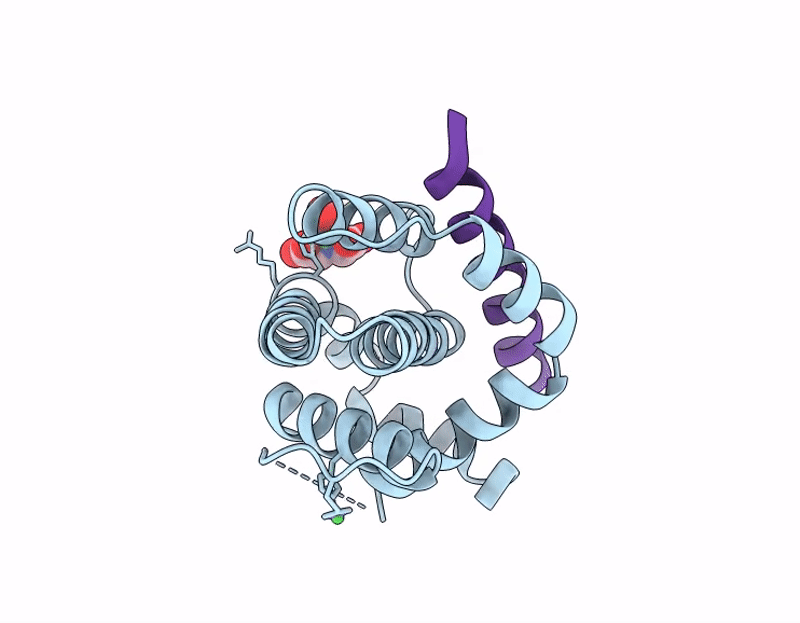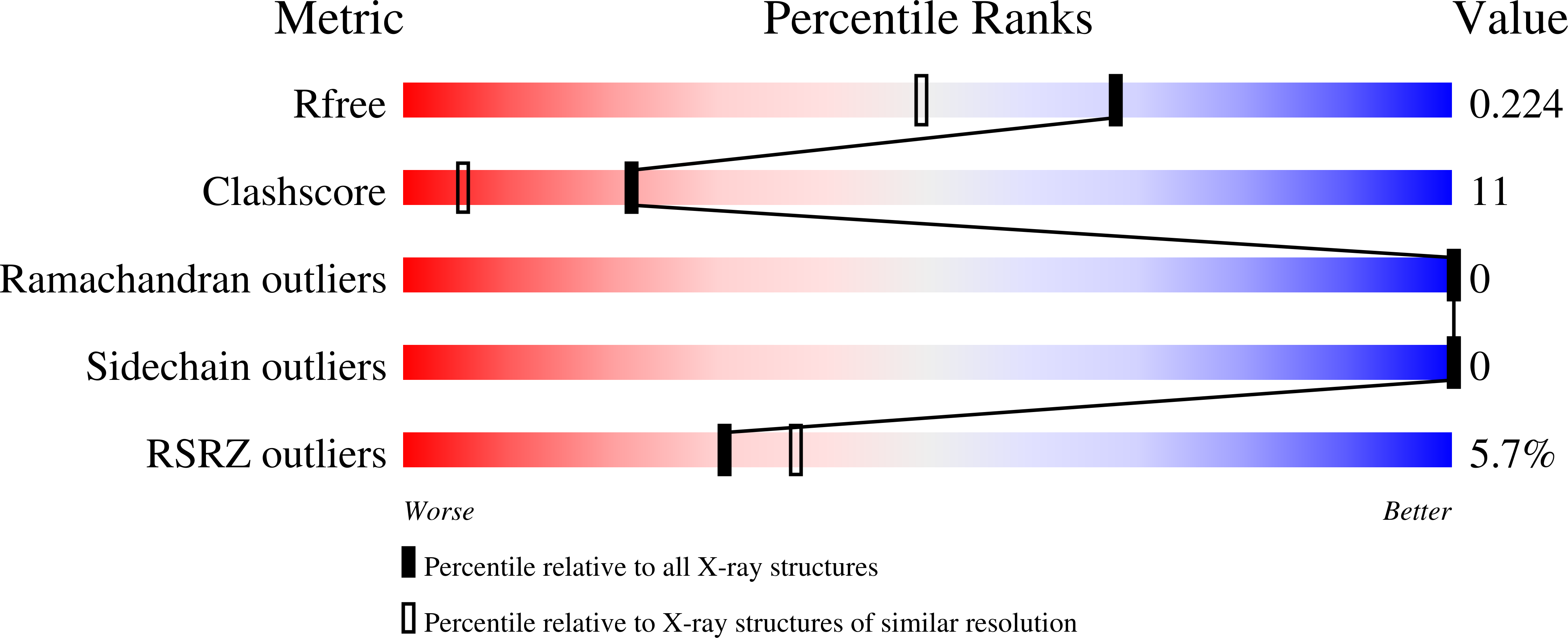
Deposition Date
2025-04-03
Release Date
2025-10-08
Last Version Date
2025-10-15
Entry Detail
PDB ID:
9O14
Keywords:
Title:
Crystal Structure of BCL-2 in complex with a stapled BAD BH3 peptide BAD SAHB 4.2
Biological Source:
Source Organism:
Homo sapiens (Taxon ID: 9606)
Host Organism:
Method Details:
Experimental Method:
Resolution:
1.73 Å
R-Value Free:
0.22
R-Value Work:
0.19
R-Value Observed:
0.19
Space Group:
P 21 21 21


